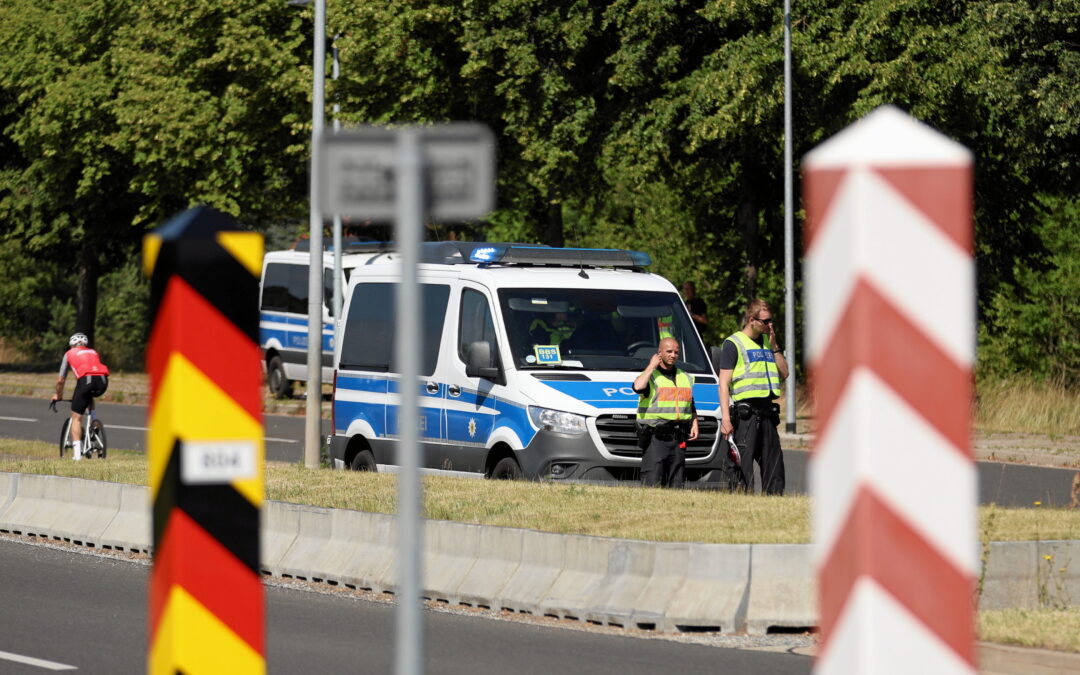The Polish education minister, Przemysław Czarnek, says that around 100,000 teachers will become redundant in the next two to three years, due to the demographic deficit and falling student numbers, especially in secondary schools. The cuts are expected to affect teachers of all specialisations.
Critics including a teachers’ union have responded that the decline in pupil numbers should not be a reason for layoffs, but rather an opportunity to improve learning conditions by making classes smaller.
Czarnek zapowiada masowe zwolnienia nauczycieli.
W perspektywie dwóch, trzech lat pracę ma stracić 100 tys. nauczycieli. Redukcja zatrudnienia ma dotyczyć wszystkich specjalizacji.https://t.co/ua9dkNOhY9— Bartosz T. Wieliński 🇵🇱🇪🇺🇺🇦 (@Bart_Wielinski) December 29, 2022
“[It won’t happen] next year, but within two or three years with a 100% certainty yes [it will], especially in secondary schools,” said Czarnek during an interview with Radio Zet.
“Secondary school teachers…who do not employ additional teachers know this. They prefer to give overtime to teachers, as it will allow them not to fire [new] teachers later on,” he added.
According to the minister, up to 100,000 teachers out of 700,000 currently employed in Polish schools may be affected by redundancies. An appropriate solution must be prepared to enable a certain group of teachers to retire, Czarnek noted.
Asked whether there would be a return to early professional retirement for teachers, he said that “this is a solution that absolutely…has to be discussed”.
Teachers in Poland are among the lowest paid in the EU, even when adjusted for the cost of living, new data show.
Both starting salaries and those at the top of the pay scale are in the EU's bottom four.
For more, see our report: https://t.co/ADlPQ1DFPi pic.twitter.com/1bsVdOqP6R
— Notes from Poland 🇵🇱 (@notesfrompoland) October 12, 2022
However, Czarnek’s announcement sparked opposition among Polish teachers, who are among the lowest-paid in Europe and have long been fighting to improve their working standards.
“In such a situation, one should think about improving the learning and working conditions, i.e. reducing the number of pupils in the classroom. This is the way. And not talking about laying off teachers,” Krzysztof Baszczyński, deputy head of the Polish Teachers’ Union, told private broadcaster TVN24.
According to Statistics Poland (GUS), a state agency, the country has entered “a period of another demographic crisis (which already took place temporarily between 1997 and 2007).” The current decline, however, “is likely to be a longer-term trend,” informed GUS.
So far, Poland has rather faced the problem of insufficient teaching staff, with low salaries discouraging graduates from entering the profession and the abolition of middle schools (gimnazjum) reducing the teaching workforce. As schools have closed or merged with others, teachers left, while the number of pupils in classes ballooned.
“There should not be classes of 36 students, but classes where normal teaching and therefore normal teacher work can take place,” said Baszczyński.
According to various figures provided by two deputy education ministers, the shortage of teachers could be between 4,000 and 16,000 in the 2022/2023 school year. Polish schools are also struggling to find other specialists, including psychologists, to work with children.
Main photo credit: Taylor Flowe / Unsplash

Alicja Ptak is senior editor at Notes from Poland and a multimedia journalist. She previously worked for Reuters.




















